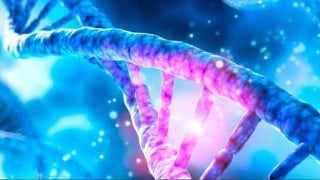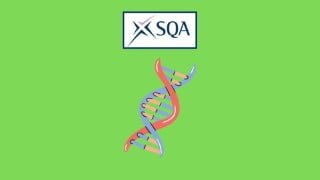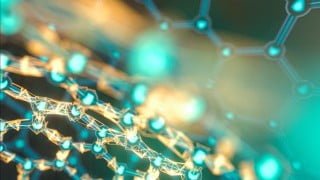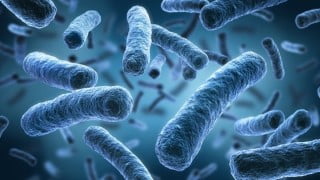DNA REPAIR CONCEPTS
Learn about DNA repair and its importance in safeguarding genetic information. Discover the mechanisms of base excision, nucleotide repair, mismatch repair, and double strand break repair. Find out how DNA glycosylases detect and correct damaged bases. This course is suitable for all life science students.
What you’ll learn
- Introduction
- Base excision repair
- Nucleotide repair
- Mismatch repair
- Double standard repair
- Applications
- Conclusion
- Dna ligation sticky ends
- Bluntends
- restricted endonuclease part1
- restricted endonuclease part2
Show moreShow less
Introduction
Base excision repair
Nucleotide repair
Mismatch repair
Double standard repair
Applications
DNA ligation sticky ends
Blunt ends
restricted endonuclease part1
restricted endonuclease part2
DNA repair definition
DNA repair is a collection of processes by which a cell identifies and corrects damage to the DNA molecules that encode its genome.
Who discovered DNA repair
Tomas Lindahl, Paul Modrich and Aziz Sancar are awarded the Nobel Prize in Chemistry 2015 for having mapped and explained how the cell repairs its DNA and safeguards the genetic information.
Damaged to DNA caused by replication errors or mutations may have serious consequences.
The cell possesses an inbuilt system to repair the damaged DNA .
This may be achieved by 4 distinct mechanisms.
1.Base excision repair
2.nucleotide excision repair
3.Mismatch repair
4.Double strand break repair.
Base Excision Repair is a repair mechanism that corrects damaged DNA by identifying damaged bases and replacing damaged bases with the correct nucleotide.
The correct nucleotide can be identified by referencing the complementary strand in the DNA pair based on the Watson-Crick DNA base pairing.
DNA bases are constantly subjected to damages like deamination or alkylation. The damaged base is often called the “A basic Site” or “AP site”.
Damaged bases are first identified by DNA glycosylases. DNA glycosylases are enzymes that are capable of detecting initial lesions of DNA.
you can find more details in presentation slides.
Who this course is for:
- for all life students







There are no reviews yet.